Capital in the Twenty-First Century
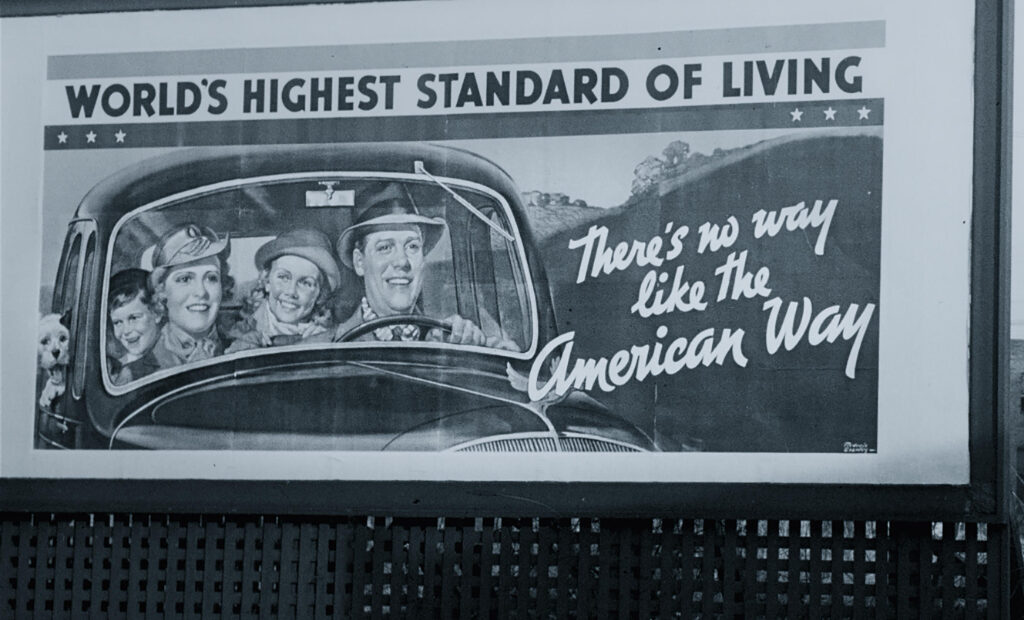
Organising a voyage through history is not easy, especially if you intend to keep all of your passengers on board throughout the ride. It is even more challenging when many of the journey’s vistas are unsightly, its course is bumpy, and there are 300 years’ worth of stops to make. Justin Pemberton’s Capital in the Twenty-First Century, however, manages to pick up its audience in the 1700s and, after a whirlwind tour through time, safely drops them in the modern day, still engaged and interested. But can you really learn about three centuries of world economic history in 103 minutes?
First, and nearly foremost, the film is immersive. As we travel through the past, the soundtrack, visuals, and pop culture references evolve around us. The Roaring Twenties are epitomised by breathtaking footage of a silver eagle being placed atop the Chrysler Building. 1950s America is illustrated by a nuclear family watching a modern-day expert explain the era’s economic landscape through an old tube TV. The re-emerging class divides of the 80s are typified through contrasting scenes of crumbling Harlem and ever-younger, ever-richer Wall Street. Stylistically, this is a strikingly slick affair. Capital in the Twenty-First Century conveys masses of information not only digestibly, but deliciously.
Impressive editing and accessible delivery aside, however, there is perhaps less to the documentary than meets the eye. It revolves around a few key points, most of which viewers will have heard by now. Messages such as “money determines social mobility” and “capitalism must be controlled” are not exactly groundbreaking. However, this may only be the case because of the recent societal reckoning with wealth. This film was produced in 2018, just before multi-billionaires like Jeff Bezos became mainstream debate subjects – had the documentary premiered two years ago, its observations could have made a greater impact, but the public got there first.
Nevertheless, this work still packs some heavy punches. Did you know that the 18th century’s wealth gap was so extreme that the average life expectancy was just 17? Or that even today, 1% of our population owns 70% of our land? Bombshells like these make the film worth watching, but it is worth noting the biased narrative it upholds. This said, is a successful documentary one that lays out its argument and manages to convince you? Or one that simply presents facts and leaves you to make up your own mind?
Capital in the Twenty-First Century is not a balanced account of world economic history, but it is hardly an incendiary piece of propaganda. While serious aspiring economists should seek more impartial information sources, casual viewers will appreciate this approachable take on a topic which might not otherwise interest them. Overall, the film is engrossing, enlightening and enjoyable.
Tau Nell
Capital in the Twenty-First Century is released nationwide on 25th September 2020.
Watch the trailer for Capital in the Twenty-First Century here:

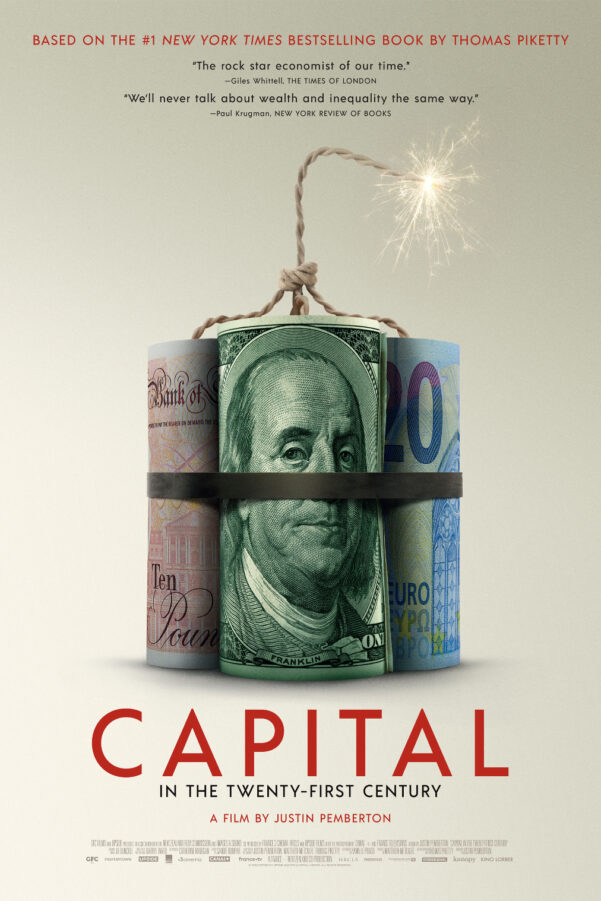

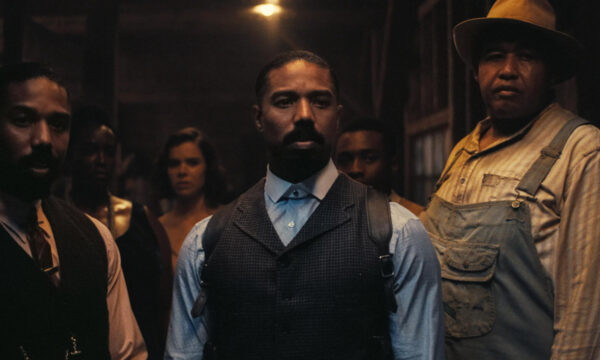


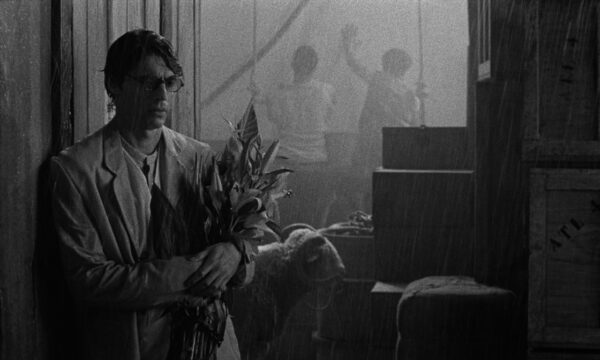
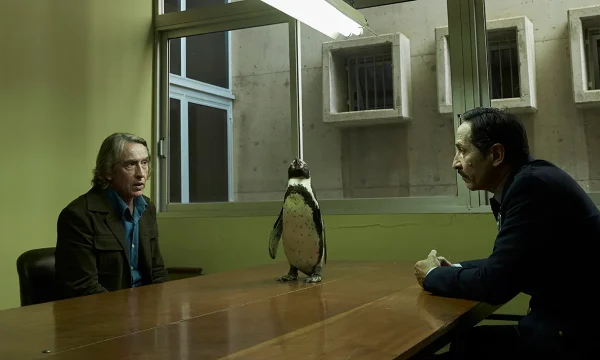
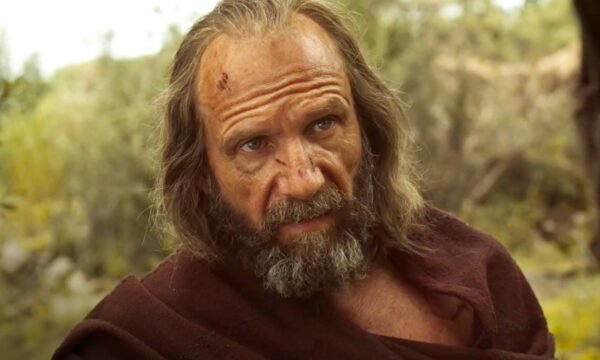
















Facebook
Twitter
Instagram
YouTube
RSS